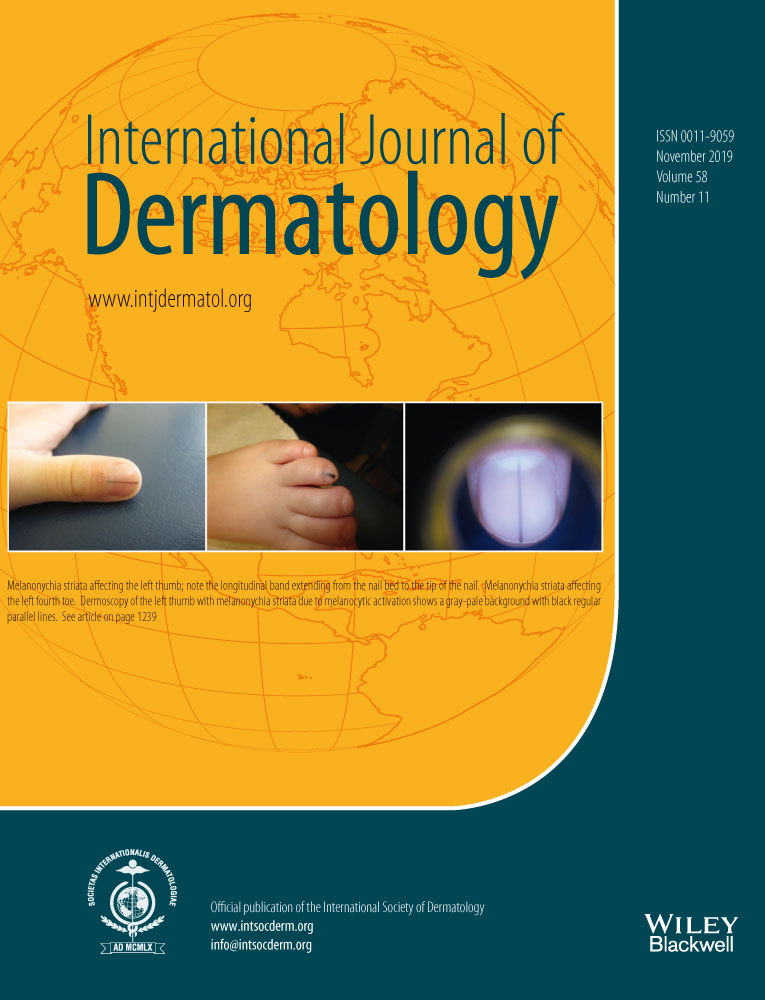Skin diseases in rural Nyala, Sudan (in a rural hospital, in 12 orphanages, and in two refugee camps)
Abstract
Skin diseases are considered to be common in Nyala, Sudan. This study was carried out to verify the prevalence of skin diseases in Nyala. This prospective observational study included skin examination of a total of 1802 people: 620 patients who were evaluated in the outpatient clinics (OC) and 1182 people from orphanages and refugee camps (ORC) in Nyala, Sudan. χ2 test was used. The total prevalence of skin disorders in the sample was 92.6% (1670/1802). One thousand and fifty of 1182 (88.8%) people from ORC had a skin disorder. The most common skin diseases in this community were: fungal infections (32.6%), dermatitis/eczema (10.5%), bacterial skin infections (10.3%), disorders of skin appendages (8.7%), parasitic infestations (7.7%), atrophic skin disorders (7.4%), disorders of pigmentation (7.4%), hypertrophic skin disorders (6.4%), viral infections (5.8), benign neoplasm (1.9%), dermatoses due to animal injury (0.4%), bullous dermatoses (0.1%), and malignant neoplasm (0.1%). Hypertrophic and atrophic disorders of the skin were mainly lesions of scarification (mostly atrophic) (5.7%) and keloids (5.6%). Fungal infection, bacterial infection, and parasitic infestation were more common in the ORC group, while dermatitis and eczema, disorders of skin appendages, hypertrophic and atrophic disorders of the skin, disorders of pigmentation, and benign neoplasm were more common in the OC group. The prevalence of skin diseases in the rural Nyala was more than our expectation and was dominated by infectious skin diseases. In addition, infectious skin diseases were more common in ORC rather than OC.




